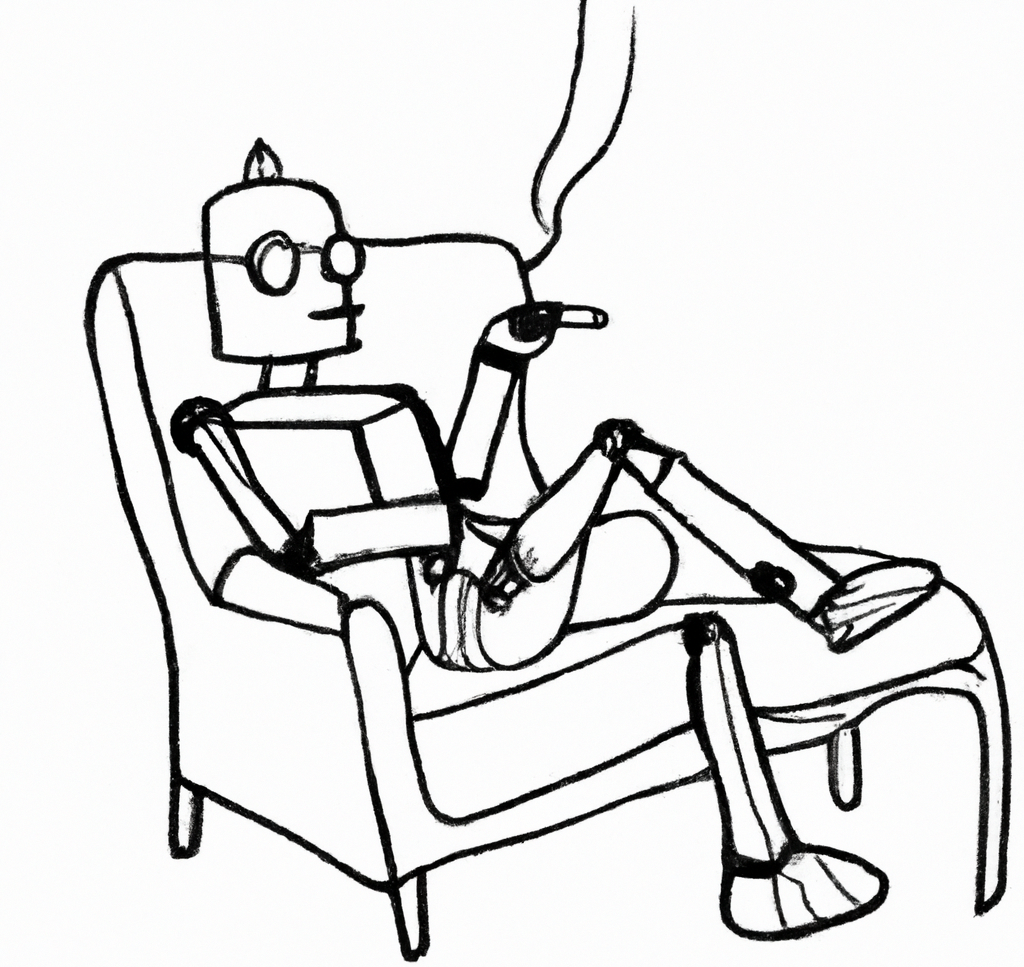Frameworks are like glasses, you probably only want to wear one pair at a time. Here are the most popular technology adoption frameworks so you can try them on like a customer at a Warby Parker store.
If you are reading this, you are probably trying to find a way to increase the responsible adoption of AI at your organization. Welcome friend.
These frameworks will help you to anchor your approach in proven approaches. Technology adoption frameworks provide valuable insights into this process. This article summarizes key frameworks and explores their application to AI adoption in nonprofit organizations.
Happy shopping 🙂
1. Technology Acceptance Model (TAM)
Summary
TAM focuses on two primary factors: perceived usefulness and perceived ease of use. It suggests that users are more likely to adopt a technology if they believe it will enhance their job performance and if it’s easy to use.
Application to AI Adoption in Nonprofits
For nonprofits considering AI adoption, TAM highlights the importance of demonstrating clear benefits to staff and stakeholders. AI tools should be user-friendly and their potential to improve efficiency and impact should be clearly communicated. For example, an AI-powered donor management system should show tangible improvements in fundraising efforts and be intuitive for staff to use.
Best Suited For
TAM is particularly useful for small to medium-sized nonprofits (10-100 employees) where individual user acceptance is crucial. It’s ideal for organizations introducing AI tools that directly impact daily operations, such as customer relationship management systems or data analysis tools.
2. Unified Theory of Acceptance and Use of Technology (UTAUT)
Summary
UTAUT integrates elements from eight models, considering performance expectancy, effort expectancy, social influence, and facilitating conditions as key factors in technology adoption.
Application to AI Adoption in Nonprofits
Nonprofits can use UTAUT to create a comprehensive AI adoption strategy. This might involve setting clear performance goals for AI implementation, ensuring ease of use, leveraging board members or peer organizations as influencers, and providing necessary resources and support for AI integration.
Best Suited For
UTAUT is well-suited for medium to large nonprofits (100+ employees) with diverse departments and stakeholders. It’s particularly effective for organizations implementing complex AI systems that require buy-in from multiple levels, such as enterprise-wide data management platforms or AI-driven strategic planning tools.
3. Technology-Organization-Environment (TOE) Framework
Summary
TOE examines technological, organizational, and environmental contexts that influence adoption decisions.
Resource: TOE Framework Overview
Application to AI Adoption in Nonprofits
Nonprofits should consider their technological readiness (e.g., existing IT infrastructure), organizational factors (e.g., size, resources, culture), and environmental aspects (e.g., donor expectations, regulatory environment) when planning AI adoption. For instance, a small nonprofit might start with simple AI tools for social media management, while a larger organization might implement more complex AI-driven data analysis systems.
Best Suited For
TOE is adaptable to various organizational sizes but is particularly valuable for medium to large nonprofits (50+ employees) operating in complex environments. It’s ideal for organizations considering AI adoption that will significantly impact their operations and external relationships, such as implementing AI for large-scale program evaluation or predictive analytics for fundraising.
4. Task-Technology Fit (TTF)
Summary
TTF assesses how well a technology assists individuals in performing their tasks.
Application to AI Adoption in Nonprofits
Nonprofits should carefully match AI tools to specific organizational needs and tasks. For example, an AI chatbot might be an excellent fit for handling routine donor inquiries, freeing up staff time for more complex interactions.
Best Suited For
TTF is particularly useful for small to medium-sized nonprofits (5-50 employees) with clearly defined roles and tasks. It’s ideal for organizations looking to implement AI tools for specific functions, such as volunteer management systems or automated reporting tools for program outcomes.
5. Innovation Diffusion Theory (IDT)
Summary
IDT explains how, why, and at what rate new ideas and technologies spread through cultures and organizations.
Application to AI Adoption in Nonprofits
Nonprofits can use IDT to plan a phased approach to AI adoption. This might involve identifying early adopters within the organization, using their success stories to encourage wider adoption, and gradually scaling up AI implementation across different departments or functions.
Best Suited For
IDT is particularly effective for large nonprofits (200+ employees) or networks of smaller organizations. It’s ideal for implementing AI technologies that require widespread adoption across multiple departments or locations, such as organization-wide collaboration tools or AI-enhanced program delivery methods.
Conclusion
Understanding these frameworks can help nonprofits approach AI adoption strategically. By considering factors such as perceived usefulness, organizational readiness, task-technology fit, and the diffusion process, nonprofits can develop effective plans for integrating AI into their operations. This can lead to improved efficiency, enhanced impact, and better fulfillment of their missions.
By matching the appropriate framework to your organization’s size and needs, you can create a more tailored and effective AI adoption strategy.
Of course, there is also an AI Roadmap GPT to help you craft a strategy.










